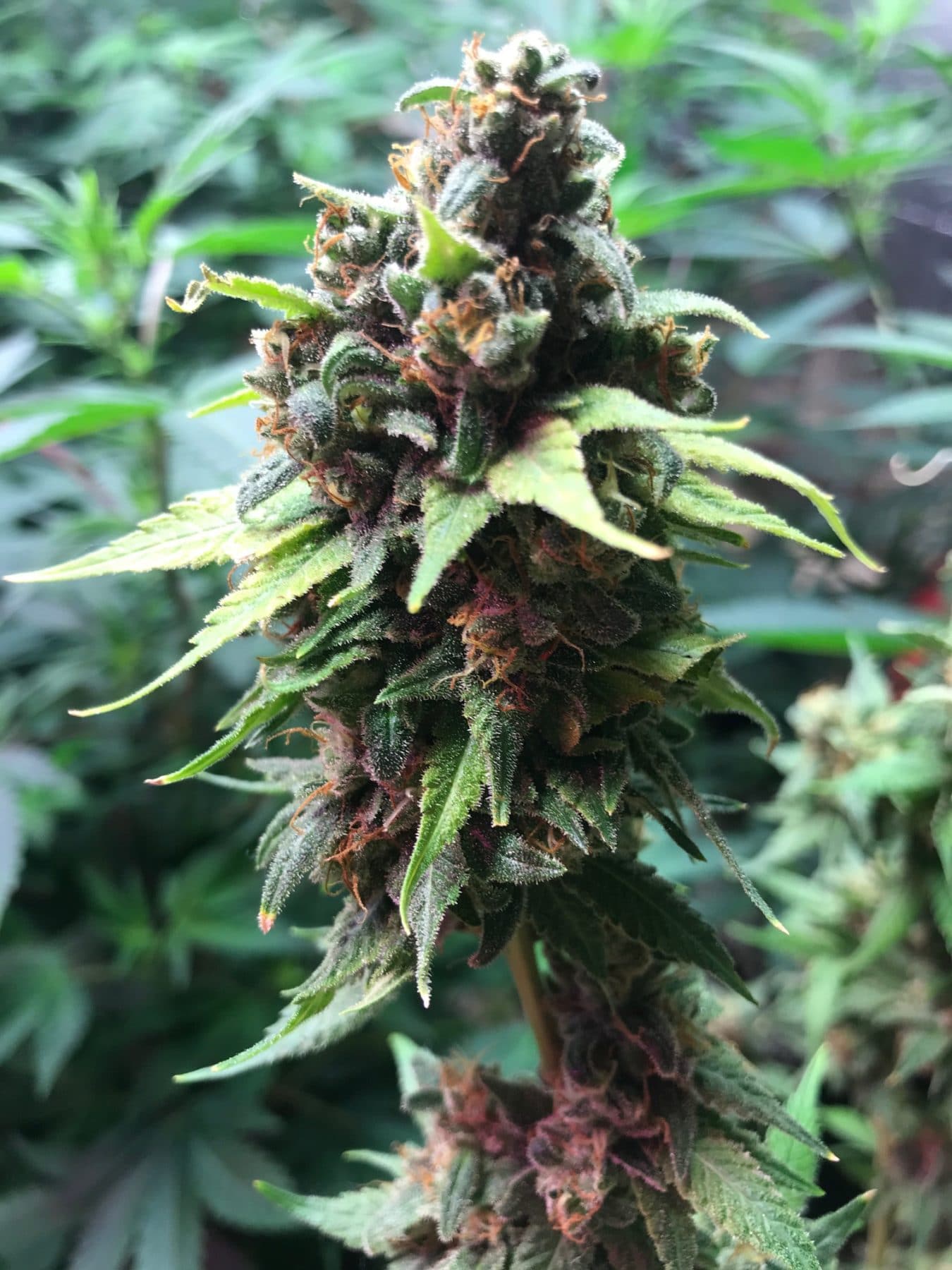As the legalization of cannabis gains momentum worldwide and the popularity of homegrown produce continues to soar, enthusiasts are presented with a critical decision: Indoor vs. Outdoor Growing Pros and Cons. Whether it’s for recreational or medicinal purposes, the choice between indoor and outdoor growing methods significantly impacts the cultivation process, plant health, yield, and overall experience.
Each approach comes with its distinct advantages and disadvantages, making it crucial for growers to weigh their options carefully. In this article, we’ll explore the pros and cons of indoor and outdoor growing to help cultivators make informed decisions.

### Indoor Growing
**Pros:**
1. **Controlled Environment**: Indoor growing offers unparalleled control over environmental factors such as temperature, humidity, and light intensity. This control allows cultivators to create optimal conditions for plant growth, resulting in healthier plants and potentially higher yields.
2. **Year-Round Cultivation**: Unlike outdoor growing, which is often limited to specific seasons, indoor cultivation enables growers to cultivate cannabis year-round. By manipulating light cycles, indoor growers can induce flowering whenever desired, leading to multiple harvests in a single year.
3. **Privacy and Security**: Indoor cultivation provides a higher level of privacy and security compared to outdoor growing. Growers can cultivate discreetly within their homes or designated indoor spaces, minimizing the risk of theft or detection by law enforcement or neighbors.
4. **Pest and Disease Control**: Indoor environments are generally more controlled and isolated, reducing the risk of pest infestations and diseases. Growers can implement strict sanitation measures and pest management techniques to mitigate these risks effectively.
5. **Higher Potency and Quality**: With precise control over growing conditions, indoor growers can produce cannabis with higher potency and quality. Controlled environments allow for optimal nutrient uptake, resulting in dense buds with robust cannabinoid and terpene profiles.
**Cons:**
1. **Higher Initial Investment**: Setting up an indoor grow operation requires significant upfront investment in equipment such as grow lights, ventilation systems, and climate control devices. The initial cost of indoor cultivation can be prohibitive for some growers, especially those on a tight budget.
2. **Increased Energy Consumption**: Indoor grow lights and climate control systems consume a considerable amount of energy, leading to higher utility bills. The energy-intensive nature of indoor cultivation contributes to environmental concerns, especially in regions where electricity generation relies heavily on fossil fuels.
3. **Limited Space**: Indoor cultivation is constrained by available space, limiting the number of plants that can be grown in a given area. Growers with limited space may struggle to scale their operations or maximize their yields compared to outdoor growers with ample space.
4. **Ventilation Challenges**: Maintaining proper airflow and ventilation is crucial in indoor cultivation to prevent mold and mildew growth and ensure adequate CO2 levels for photosynthesis. Poor ventilation can lead to stagnant air, heat buildup, and other environmental issues that compromise plant health and productivity.
5. **Risk of Equipment Failure**: Indoor grow operations rely heavily on equipment such as grow lights and irrigation systems. Equipment failures or malfunctions can occur unexpectedly, potentially jeopardizing crop health and yield if not promptly addressed.

### Outdoor Growing
**Pros:**
1. **Natural Sunlight**: Outdoor cultivation harnesses the power of natural sunlight, providing plants with full-spectrum light for optimal growth and development. Sun-grown cannabis often boasts richer cannabinoid and terpene profiles compared to indoor-grown counterparts, resulting in enhanced flavor and potency.
2. **Lower Operating Costs**: Outdoor cultivation typically incurs lower operating costs compared to indoor growing, as it relies primarily on natural resources such as sunlight and rainwater. With minimal reliance on artificial lighting and climate control systems, outdoor growers can save significantly on energy expenses.
3. **Scalability**: Outdoor cultivation offers virtually unlimited space for expansion, allowing growers to scale their operations as needed without the constraints of indoor space limitations. This scalability enables larger yields and potentially higher profits for commercial growers.
4. **Environmental Sustainability**: Unlike indoor cultivation, which can have a significant environmental footprint due to energy consumption, outdoor growing is inherently more sustainable. By utilizing natural resources and minimizing reliance on artificial inputs, outdoor growers can reduce their environmental impact and cultivate cannabis in a more eco-friendly manner.
5. **Natural Pest Control**: Outdoor environments support a diverse ecosystem of beneficial insects and predators that help control pests naturally. This natural pest control reduces the need for chemical pesticides and promotes a healthier, more balanced growing environment.

**Cons:**
1. **Weather Dependence**: Outdoor cultivation is susceptible to weather fluctuations and seasonal changes, which can impact plant growth and yield. Adverse weather conditions such as heavy rain, strong winds, or extreme temperatures can damage crops and compromise quality.
2. **Limited Growing Season**: In regions with distinct seasons, outdoor cultivation is typically limited to the warmer months of the year. Growers in temperate climates may only have a narrow window of opportunity to cultivate cannabis outdoors, resulting in fewer harvests compared to indoor growing.
3. **Security Risks**: Outdoor grow sites are more vulnerable to theft, vandalism, and detection by law enforcement or unwanted visitors. Without the privacy and security of indoor spaces, outdoor growers must take extra precautions to protect their crops from theft and other threats.
4. **Pest and Disease Pressure**: While outdoor environments support natural pest control mechanisms, they also expose plants to a wider range of pests and diseases compared to indoor cultivation. Outdoor growers must remain vigilant and implement preventive measures to protect their crops from potential infestations and infections.
5. **Regulatory Challenges**: Depending on local regulations and zoning laws, outdoor cultivation may be subject to more stringent restrictions and permitting requirements compared to indoor growing. Obtaining necessary permits and complying with regulatory frameworks can be a bureaucratic and time-consuming process for outdoor growers.
### Conclusion
Indoor and outdoor growing each have their unique set of advantages and challenges, and the decision between the two ultimately depends on factors such as available resources, grower preferences, and local regulations. Indoor cultivation offers precise control over environmental conditions and year-round cultivation capabilities but requires a significant initial investment and higher operating costs. On the other hand, outdoor cultivation harnesses natural sunlight, promotes environmental sustainability, and incurs lower operating costs but is subject to weather fluctuations, seasonal limitations, and security risks.
Ultimately, successful cannabis cultivation relies on careful planning, diligent maintenance, and adaptation to changing conditions, whether indoors or outdoors. By weighing the pros and cons of each approach and considering their specific needs and circumstances, growers can choose the method that best suits their goals and aspirations in the exciting world of cannabis cultivation.


 Cannabis News1 year ago
Cannabis News1 year ago
 One-Hit Wonders1 year ago
One-Hit Wonders1 year ago
 drug testing4 months ago
drug testing4 months ago
 Cannabis 1011 year ago
Cannabis 1011 year ago
 Marijuana Business Daily12 months ago
Marijuana Business Daily12 months ago
 Education1 year ago
Education1 year ago
 Education1 year ago
Education1 year ago
 Cannabis1 year ago
Cannabis1 year ago

















